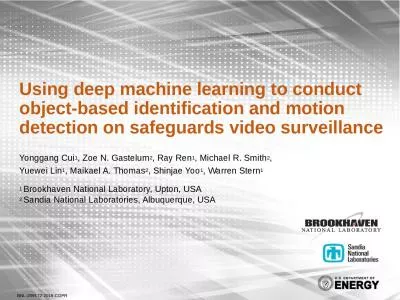PPT-Rerun of machine learning
Author : natalia-silvester | Published Date : 2016-07-02
Clustering and pattern recognition W ikipedia entry on machine learning 71 Decision tree learning 72 Association rule learning 73 Artificial neural networks 74 Genetic
Presentation Embed Code
Download Presentation
Download Presentation The PPT/PDF document "Rerun of machine learning" is the property of its rightful owner. Permission is granted to download and print the materials on this website for personal, non-commercial use only, and to display it on your personal computer provided you do not modify the materials and that you retain all copyright notices contained in the materials. By downloading content from our website, you accept the terms of this agreement.
Rerun of machine learning: Transcript
Download Rules Of Document
"Rerun of machine learning"The content belongs to its owner. You may download and print it for personal use, without modification, and keep all copyright notices. By downloading, you agree to these terms.
Related Documents

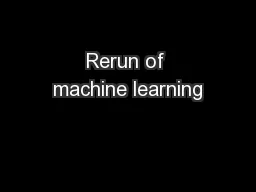
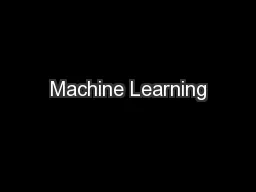
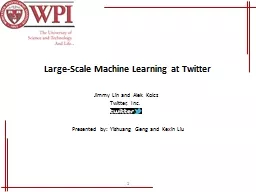
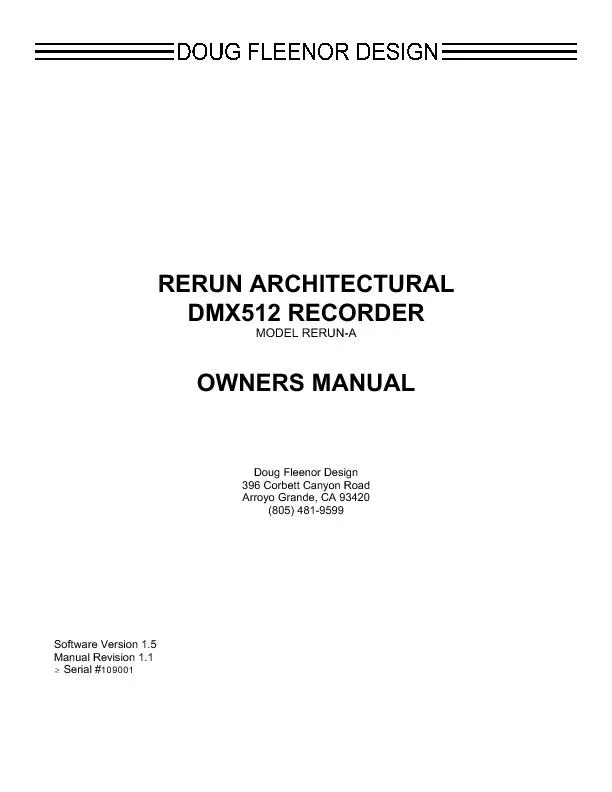
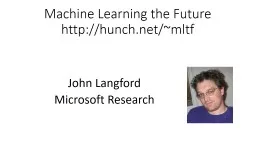
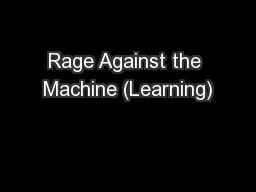
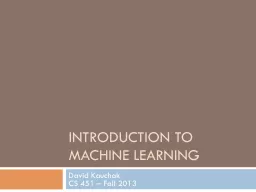
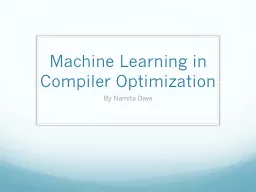
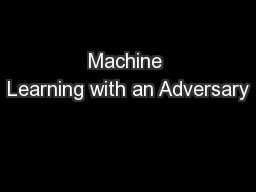
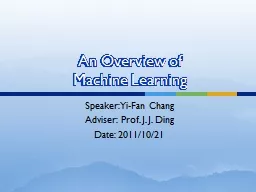

![[READ]-Machine Learning: Two-Book Bundle: Machine Learning: Master the Three Types of](https://thumbs.docslides.com/986795/read-machine-learning-two-book-bundle-machine-learning-master-the-three-types-of-machine-learning-hacking-computer-hacking-mastery.jpg)
